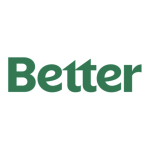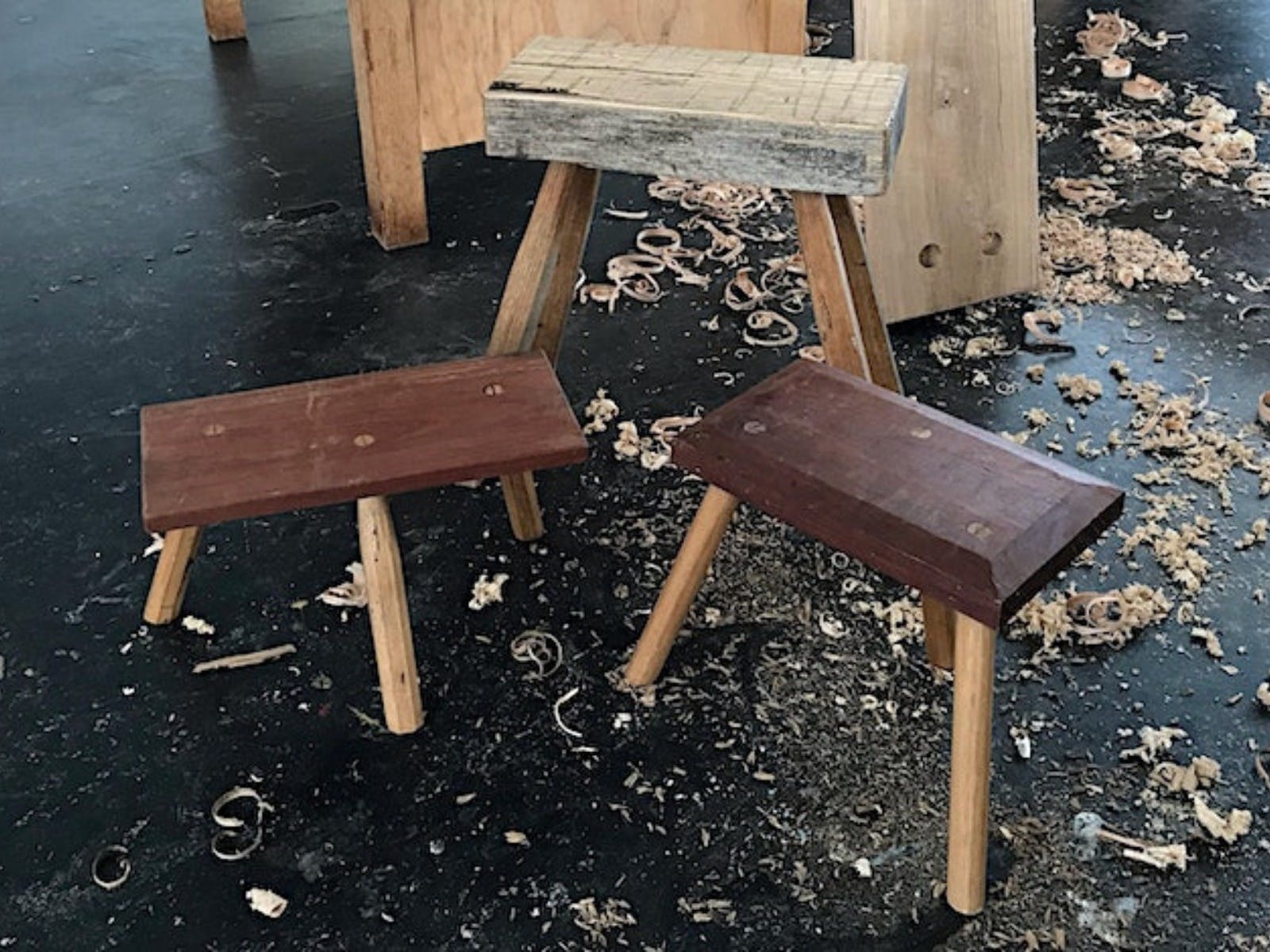The traditional concept of retirement planning, often referred to as the “three-legged stool,” has been a go-to strategy for financial advisers. This metaphor represents the three main sources of retirement income: Social Security, Employee Pensions, and Personal Savings. However, as economic and financial landscapes evolve, it’s crucial to reevaluate this approach and consider incorporating home equity into the mix.
Evolution of the Three-Legged Stool
The idea of the three-legged stool originated in 1949, introduced by the Metropolitan Life Insurance Company as a solid retirement plan consisting of Social Security, Group Insurance, and Individual Insurance. Over time, the components of each leg have adapted to changing circumstances.
For instance, Social Security now includes Medicare, and Group Insurance has given way to Employee Pensions, transitioning from defined benefit to defined contribution plans. These two legs are currently seen as stable components of retirement planning.
However, the third leg, originally individual insurance, has transformed into encompassing various forms of personal savings. The question now is, how reliable is this leg?
The Stability of Personal Savings
Looking back to 1959, annual personal savings rates averaged more than 8%. Fast forward to February 2023, and the rate has dwindled to a mere 4.6%. This drop is concerning, especially in the face of rising inflation. It begs the question: is personal savings enough for a secure retirement?
A comprehensive retirement planning approach should go beyond traditional savings, considering all assets, including home equity. Seniors today control a staggering $11.62 trillion in home equity, a substantial portion of their net worth.
Unlocking Home Equity
Home equity has often been overlooked as a retirement asset due to the challenges associated with accessing it. Selling the property may not be ideal for those who wish to remain in their homes, and refinancing can introduce additional mortgage payments to the monthly budget.
Enter the reverse mortgage, a potential solution that allows homeowners to tap into their equity without affecting their monthly budget. With a reverse mortgage, borrowers retain ownership of their property, and there are no pre-payment penalties.
How a Reverse Mortgage Works
A reverse mortgage operates by enabling homeowners to borrow against their property’s value, using it as collateral. A common misconception is that the bank takes possession of the home upon the borrower’s passing, but this is far from the truth. Borrowers maintain title to the property and have the flexibility to refinance or sell it at any time.
While a reverse mortgage does not require monthly payments, borrowers remain responsible for taxes, insurance, and home maintenance. Over time, debt accumulates, reducing home equity as the loan balance grows.
Non-Recourse Protection
Reverse mortgages offer non-recourse protection, ensuring that the lender can only seek repayment from the subject property. Initial loan amounts are structured to safeguard borrowers’ equity positions, even if they never make payments. Should the loan balance exceed the property’s value, neither the borrower nor their heirs are liable for the surplus amount.
A Non-Correlated Asset
Home Equity Conversion Mortgages (HECMs) provide various options, such as cash, guaranteed monthly payments, or a line of credit. Notably, the available line of credit grows over time. This unique feature makes home equity a non-correlated asset, offering liquidity regardless of property value fluctuations, stock market changes, or other external factors.
Advantages of a Reverse Mortgage
Proceeds from a reverse mortgage are considered loans, exempt from income tax. This can significantly impact household cash flow planning and distributions from other income sources. Some opportunities that a reverse mortgage can bring to retirement planning include:
- Eliminating existing mortgage payments, instantly boosting monthly cash flow.
- Supplementing other asset distribution strategies while maintaining a safe distribution rate.
- Delaying Social Security to maximize lifetime and survivor benefits.
- Managing long-term care risk through self-insurance with the growing Line-of-Credit option or funding existing insurance-based programs.
- Gifting, such as contributing to grandchildren’s education or philanthropic endeavors, while still experiencing the joy of giving during one’s lifetime.
Consideration of Costs
Reverse mortgages, particularly those insured by the FHA, are known for their high mortgage insurance premiums. Therefore, it’s essential to evaluate a reverse mortgage as part of a retirement plan, particularly if the borrower intends to stay in their home for an extended period. Over time, the costs become more reasonable.
Given the changing retirement landscape, financial advisers should expand their perspective to encompass all assets. When circumstances align, home equity can become a valuable component of the three-legged stool, not only securing retirement but also enhancing its legacy value.
Source: Reverse Mortgage Tribune























+ There are no comments
Add yours